Like It or Not, Biden Can’t Ignore Saudi Arabia Any Longer
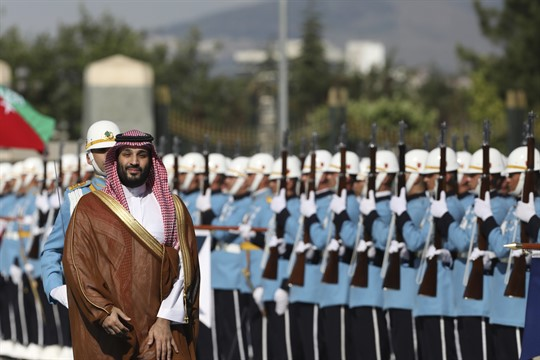
U.S. President Joe Biden’s recently announced trip to the Kingdom of Saudi Arabia has sparked a great deal of comment and no small amount of controversy.

U.S. President Joe Biden’s recently announced trip to the Kingdom of Saudi Arabia has sparked a great deal of comment and no small amount of controversy.
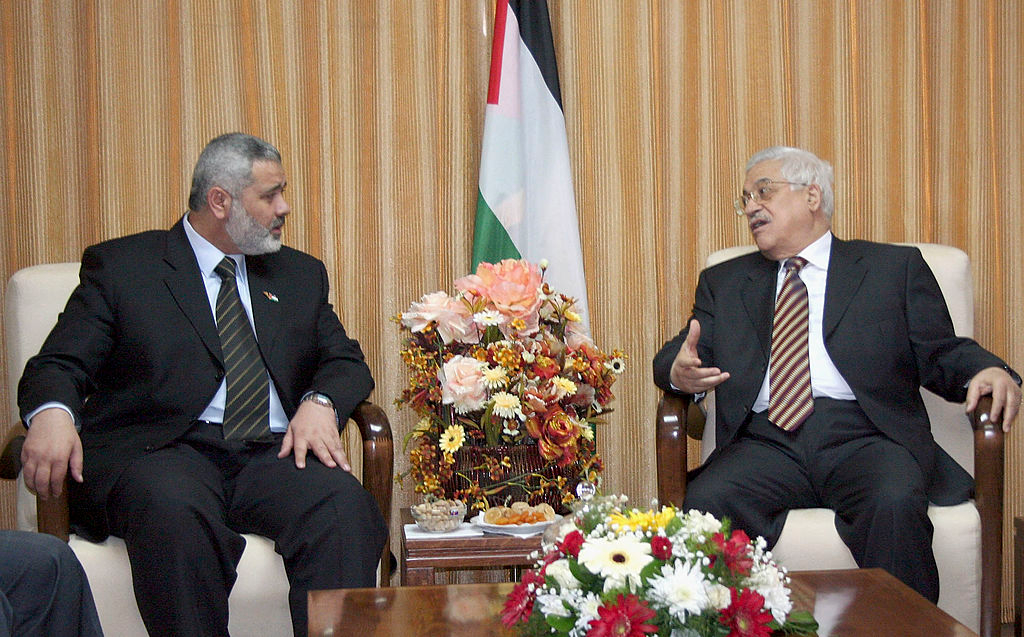
The vast majority of the Palestinians, however, make it abundantly clear that they do not believe in the “two-state solution” and would rather see Hamas, the Iranian-backed terror group whose charter calls for the elimination of Israel, replace the Palestinian Authority headed by Mahmoud Abbas.
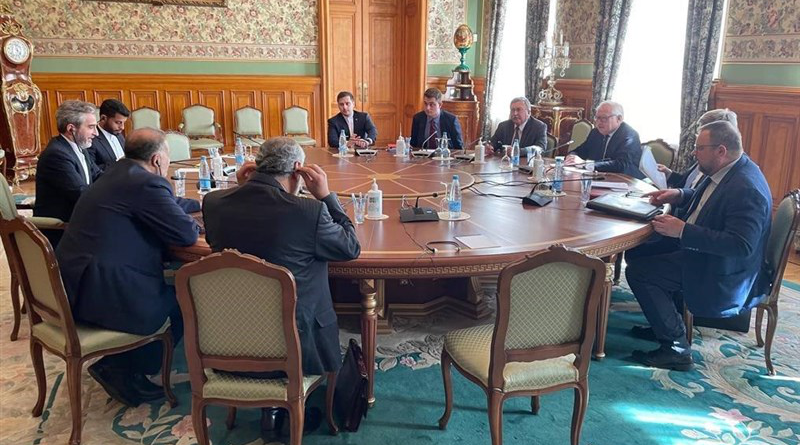
Ali Baqeri, Iran’s deputy foreign minister and lead negotiator in the talks on the revival of the 2015 nuclear deal, held talks with Russian Deputy Foreign Minister Sergei Ryabkov in Moscow.
The twitter account of Russia’s diplomatic mission in Vienna said in a post that Baqeri and Ryabkov held a meeting in Moscow on July 1.
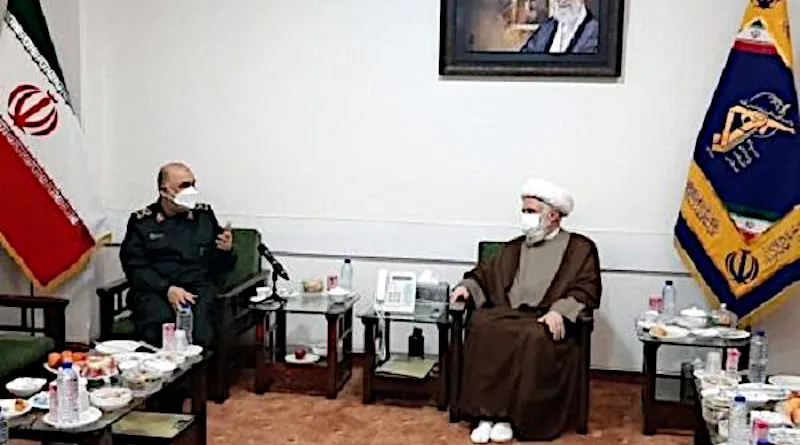
For more than four decades, the Iranian regime has been perfecting its strategies for infringing on the sovereignty of foreign nations. It exerts influence and interferes in other countries’ domestic affairs in order to advance its political, revolutionary and ideological interests.

Syrian Foreign Minister Faisal Mekdad thanked Iran Saturday night for helping to reduce tension between Damascus and Ankara. Turkey has been threatening in recent weeks to invade northern Syria, launch a military operation against Kurdish militias in the area, and establish a 30-kilometer buffer zone along the border by removing Kurdish-led fighters.
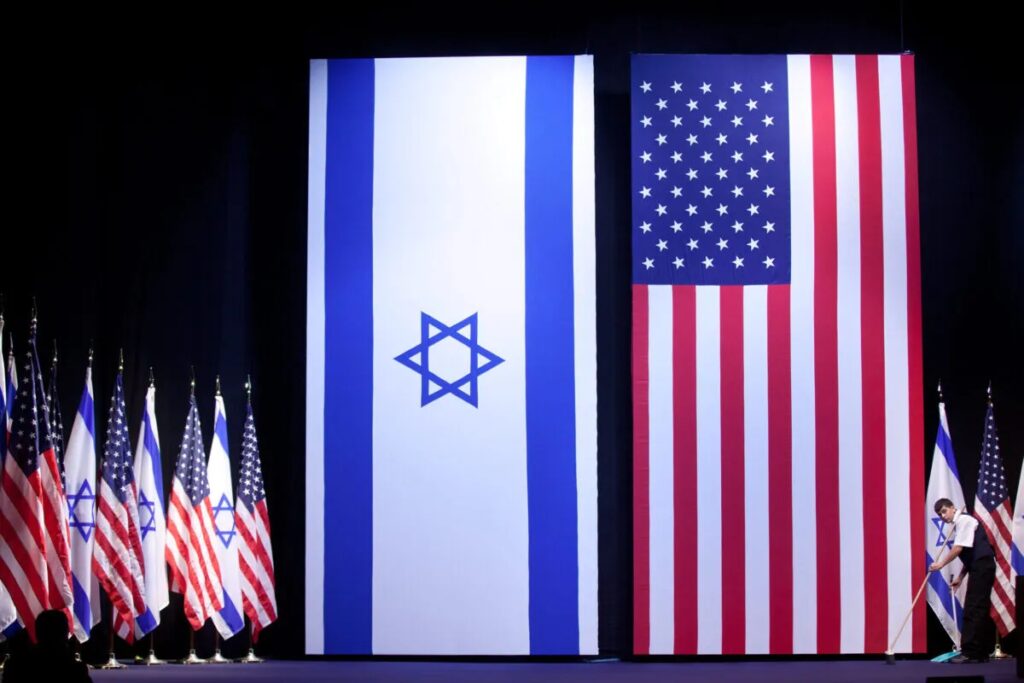
In further signs that support for Israel has morphed into a religious extremist position, Bible-thumping, far-right American voters within the Texas Republican Party have approved a platform that will make it illegal to create a Palestinian State in territories controlled by the apartheid state.
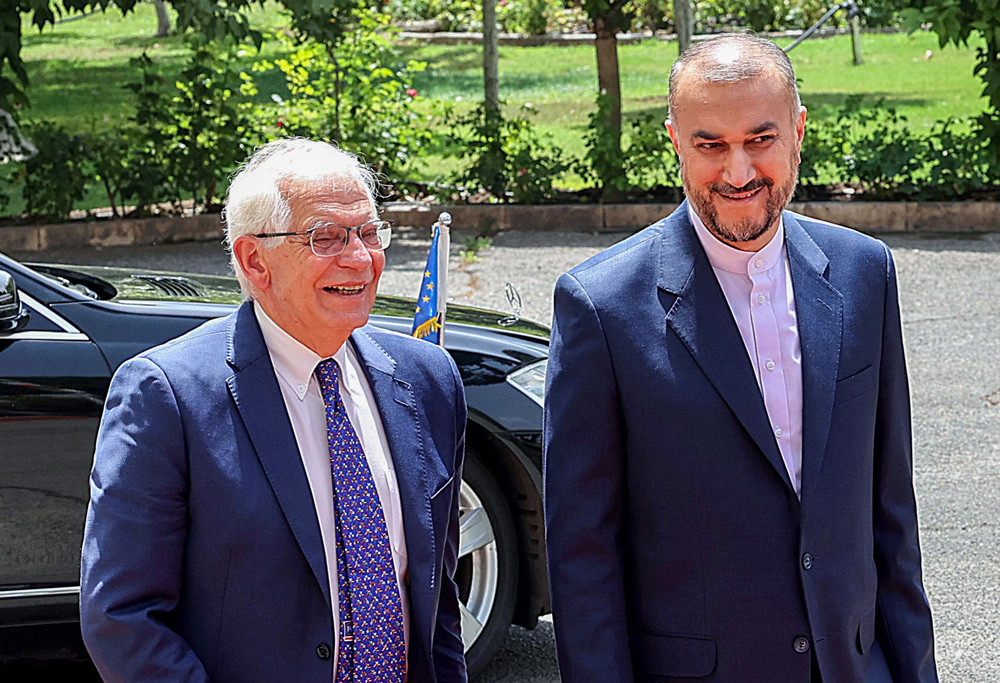
Iranian Foreign Minister Hossein Amirabdollahian bragged that he had “long but positive meeting” with European Union foreign policy chief Josep Borrell, and added that “What is important for Iran is to fully receive the economic benefits of the 2015 accord.”
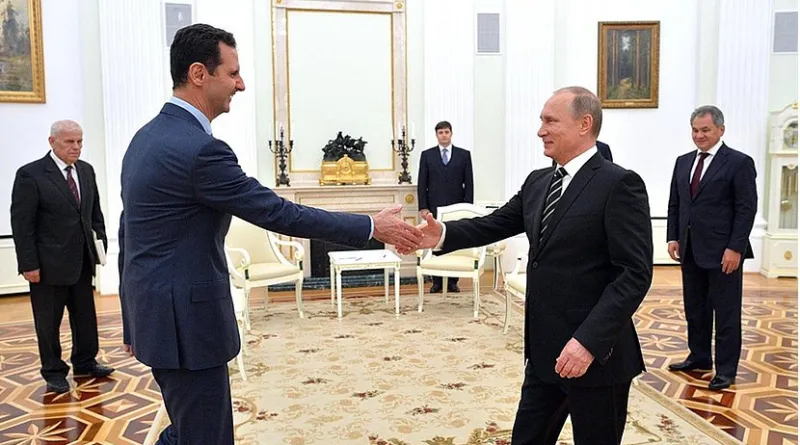
On June 29th, Syria formally recognized Russia’s proxy states, known as the Donetsk People’s Republic and Luhansk People’s Republic as sovereign nations, becoming the second country outside of Russia to do so. The unilateral decision by Bashir al Assad drew swift international condemnation and a formal split in diplomatic ties between Syria and Ukraine. Assad has become one of the most comfortable men in the world being shielded by the Kremlin, but his actions regarding Ukraine can very much backfire on his government in Syria.
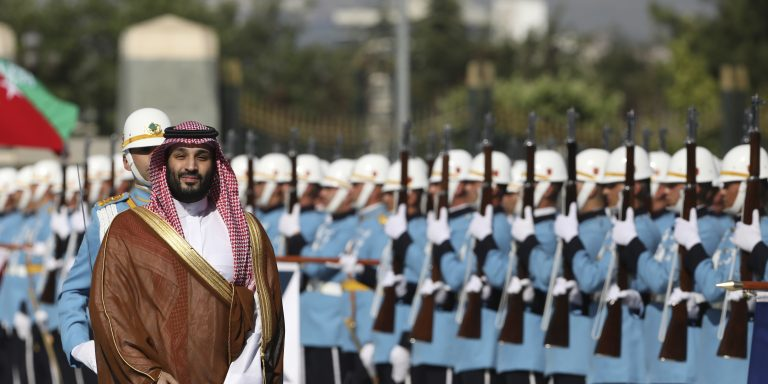
The Crown Prince and de-facto leader of Saudi Arabia, Mohammad bin Salman (MBS), visited key regional countries ahead of the planned July 16 regional summit with President Biden.
MBS’s visit to Egypt and Jordan, both key allies of the Kingdom, as well as to rival Turkey (Türkiye), sought to coordinate regional stances ahead of the Biden visit.

President Joe Biden also downplayed his expected meetings with Saudi leaders, including Crown Prince Mohammed bin Salman.
President Joe Biden said Thursday the purpose of his upcoming trip to Saudi Arabia is not persuading the kingdom to boost oil output, but he has encouraged the Gulf region more broadly to help calm energy markets roiled by Russia’s war in Ukraine.